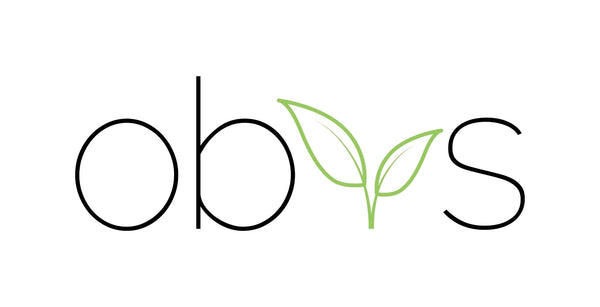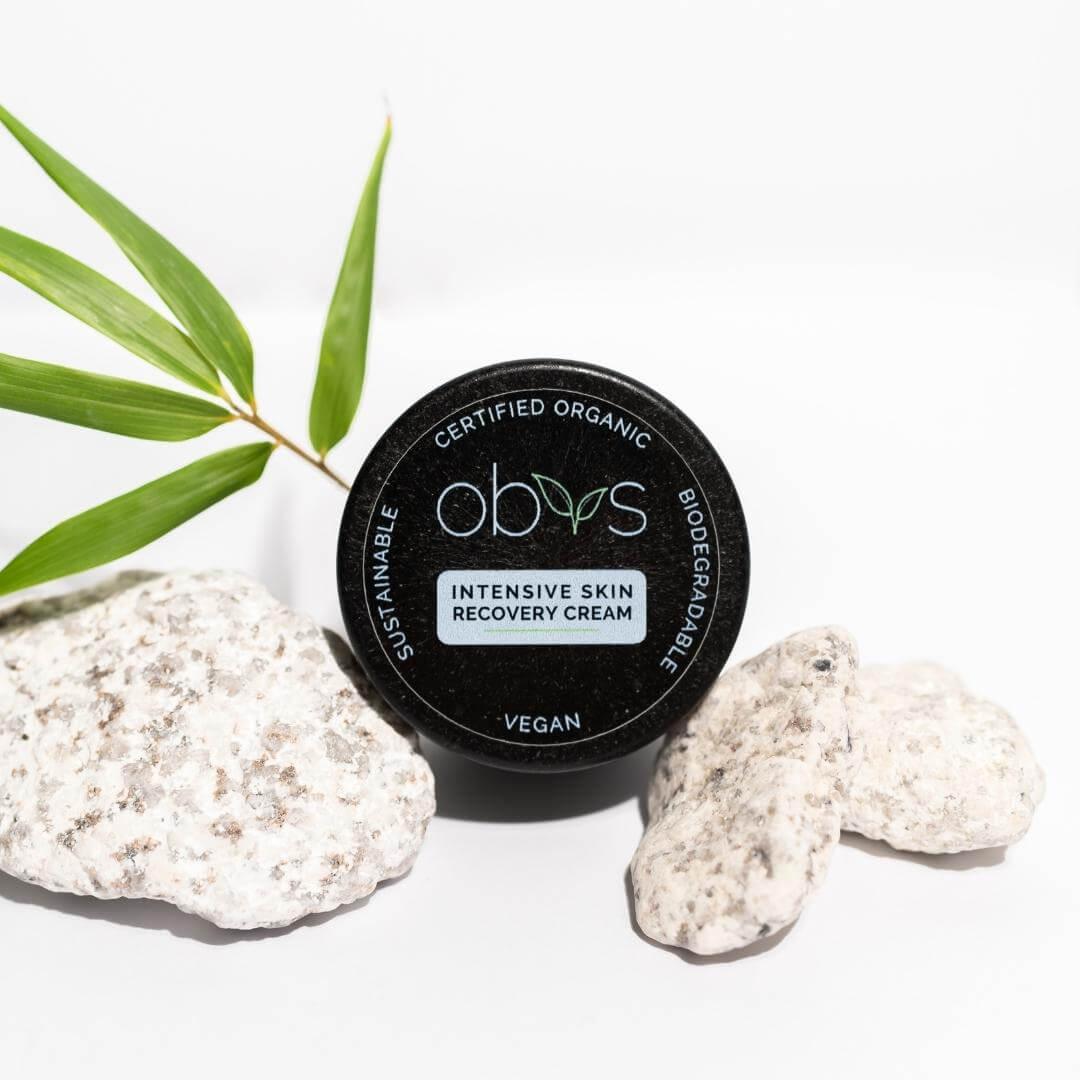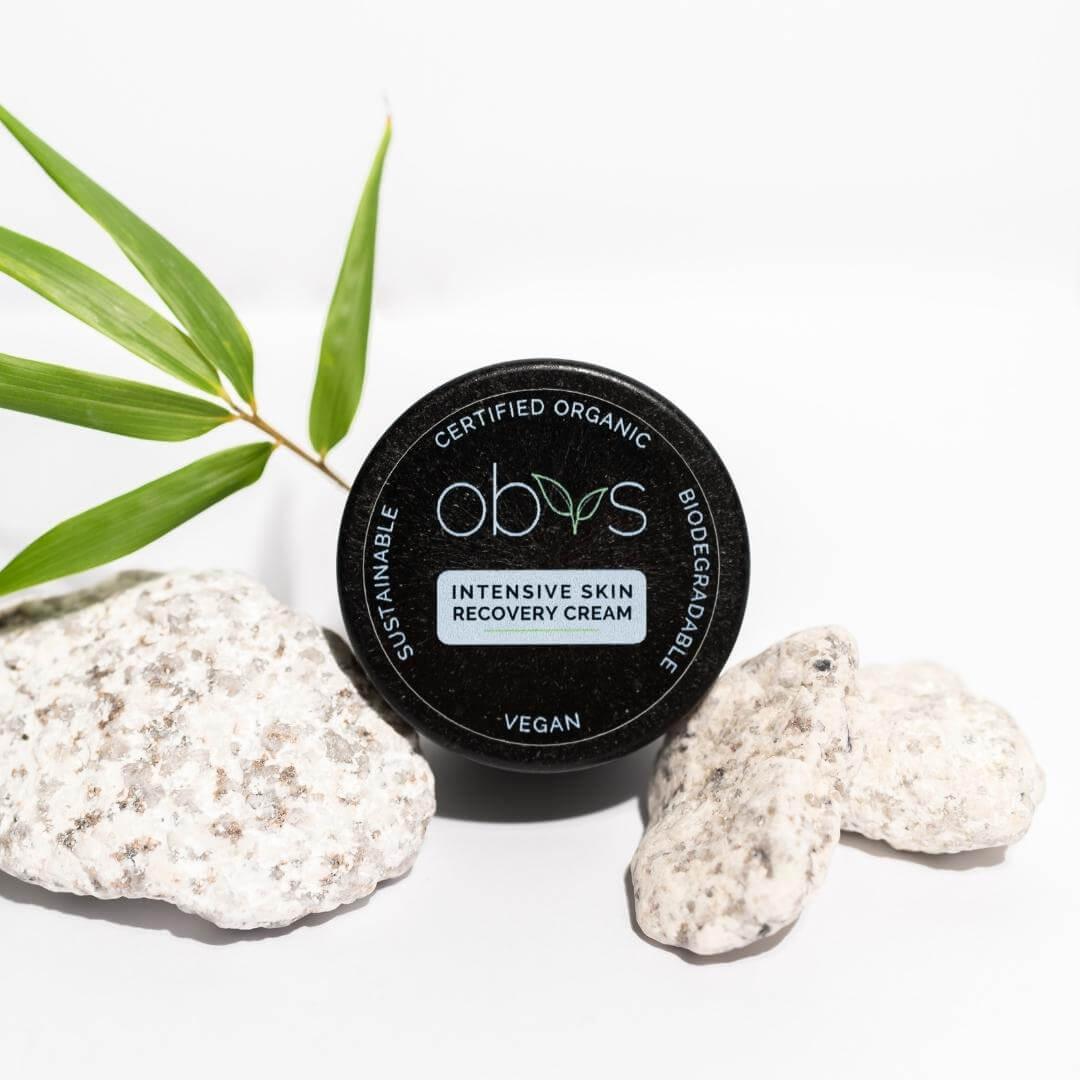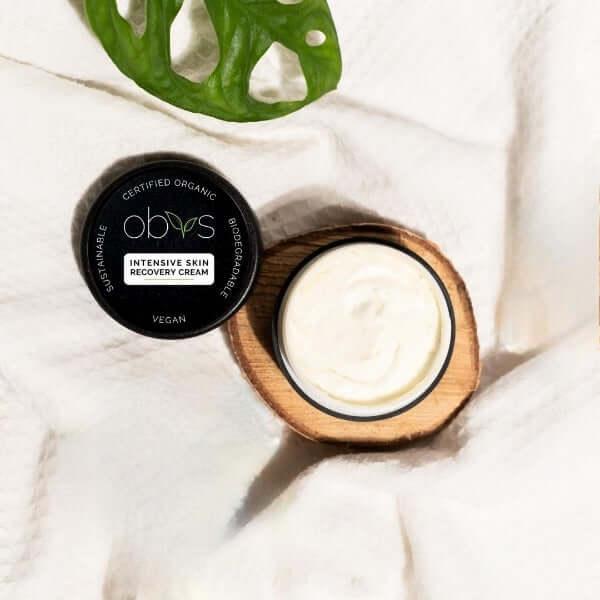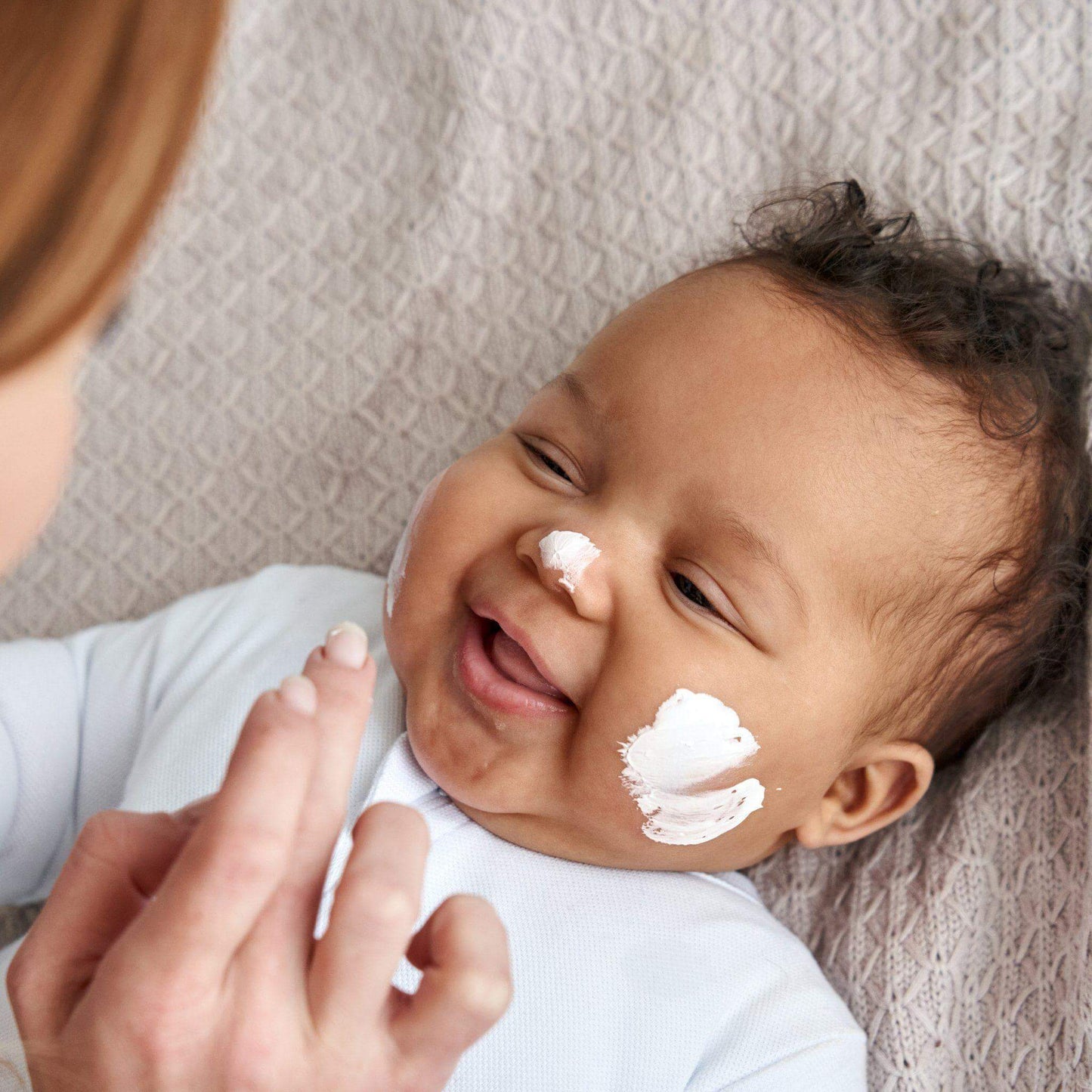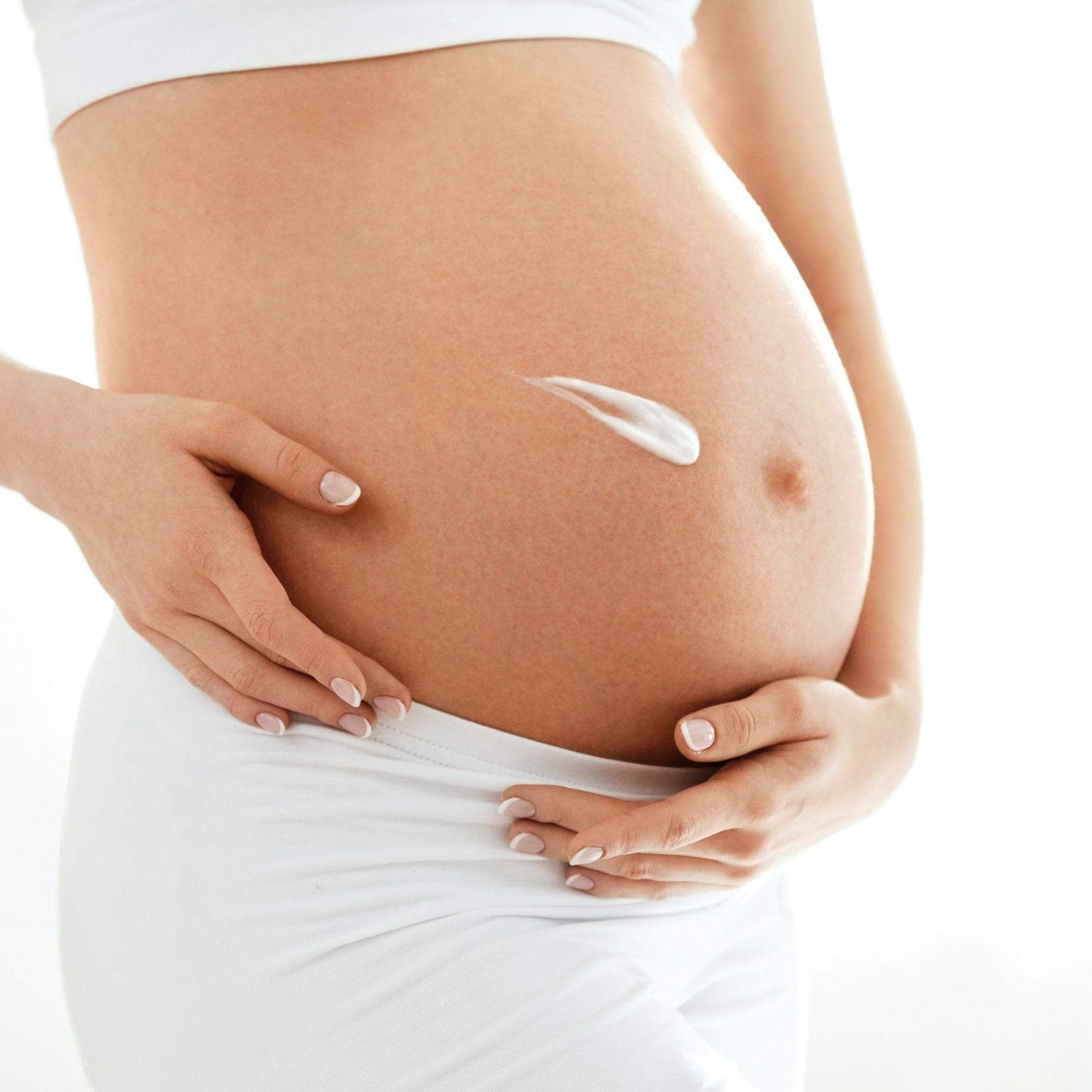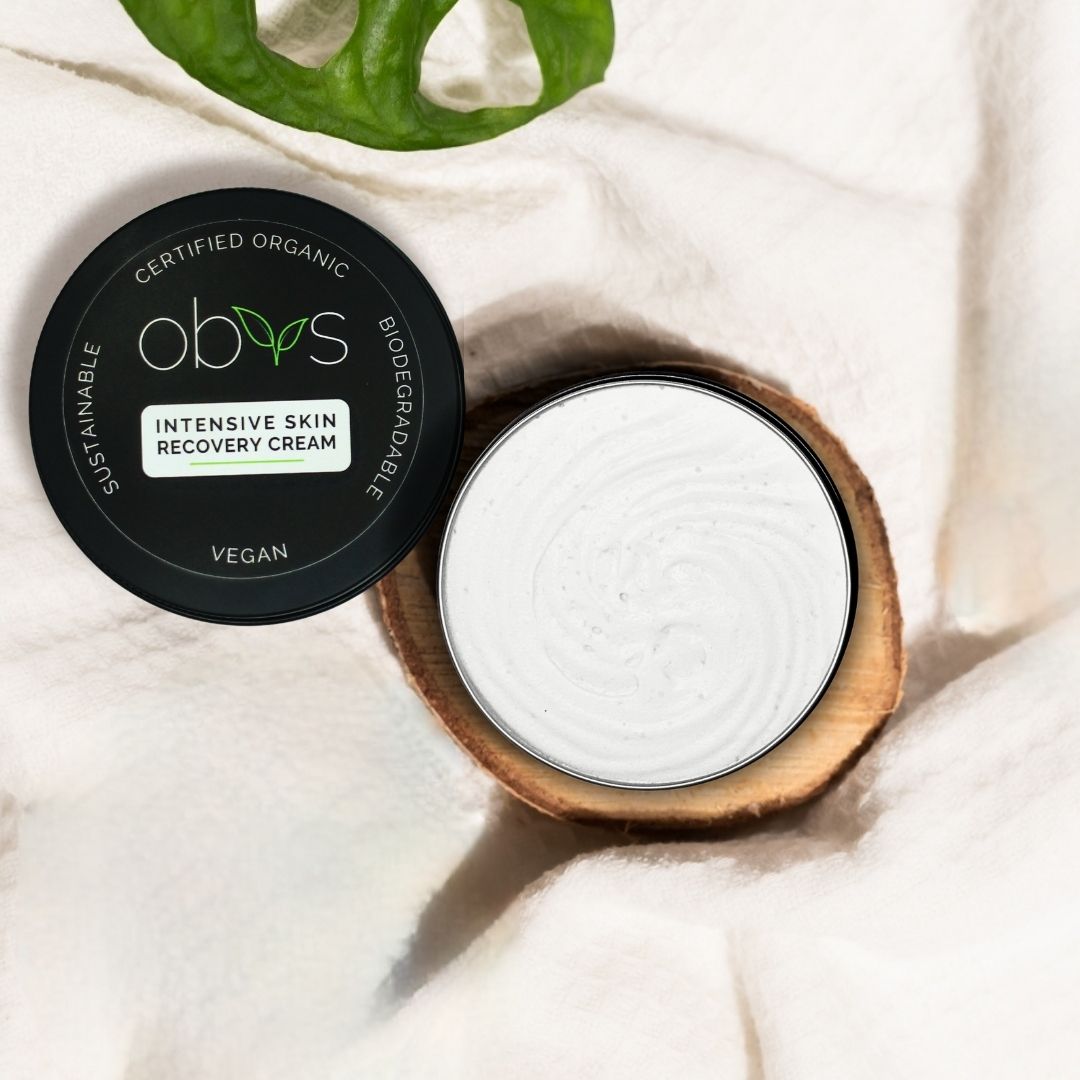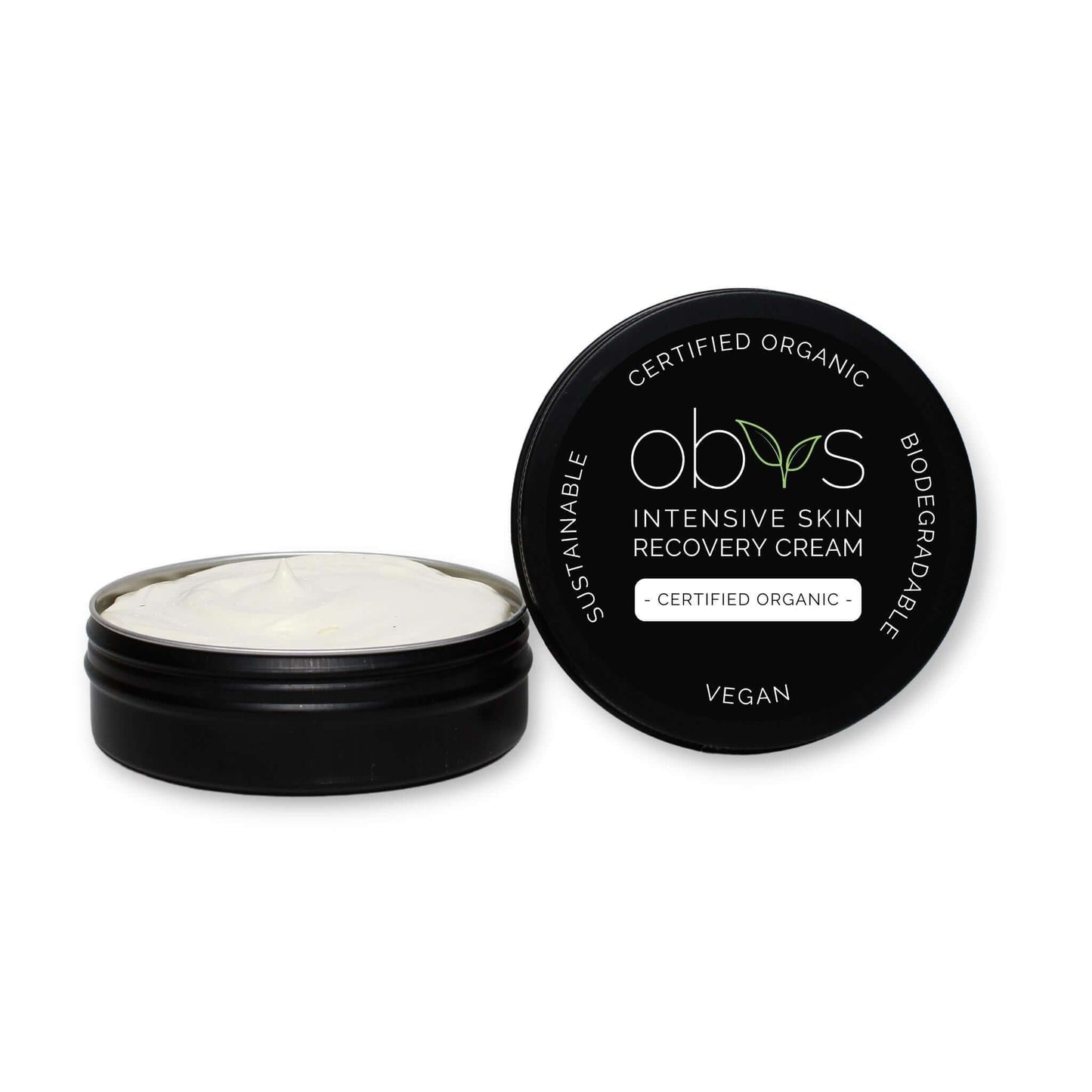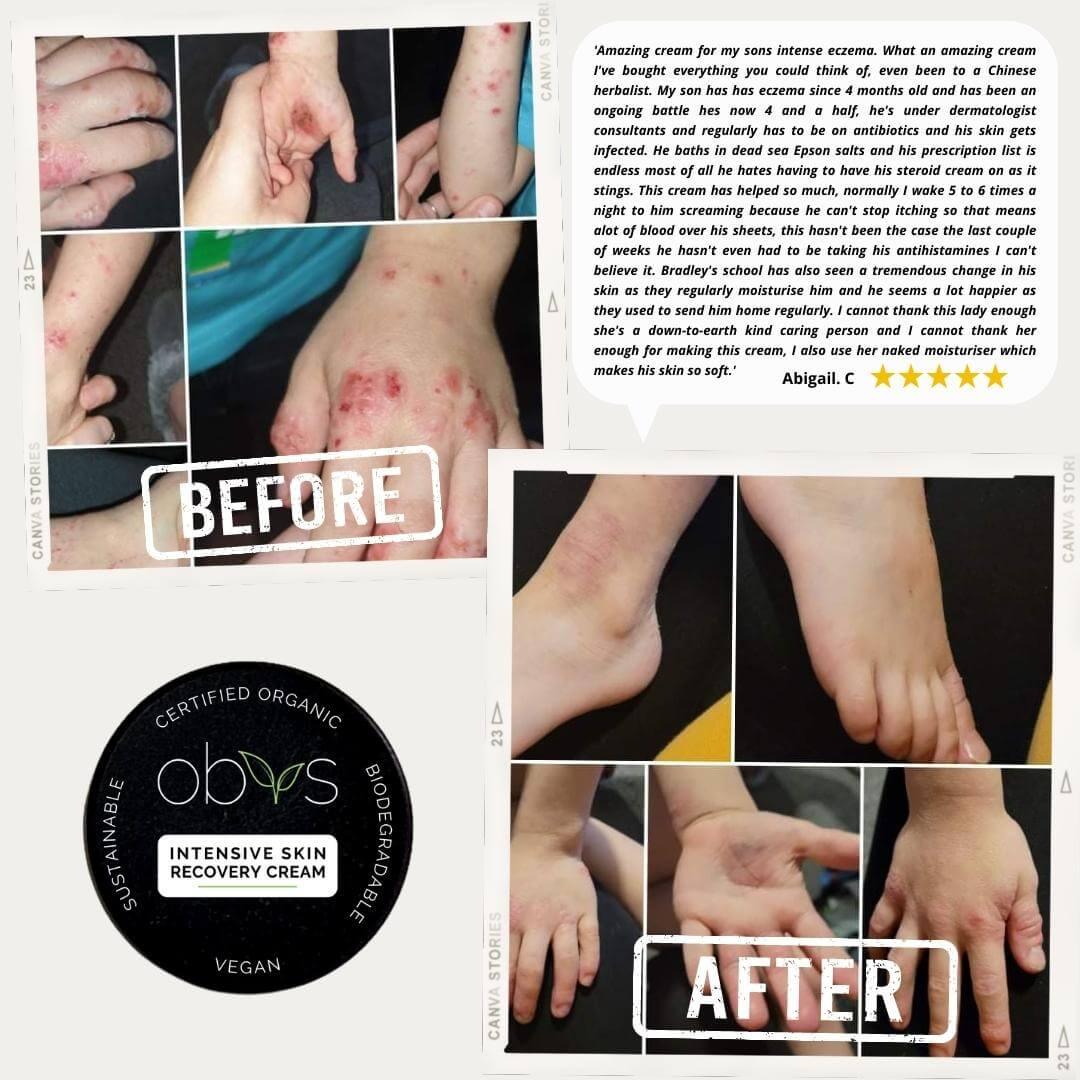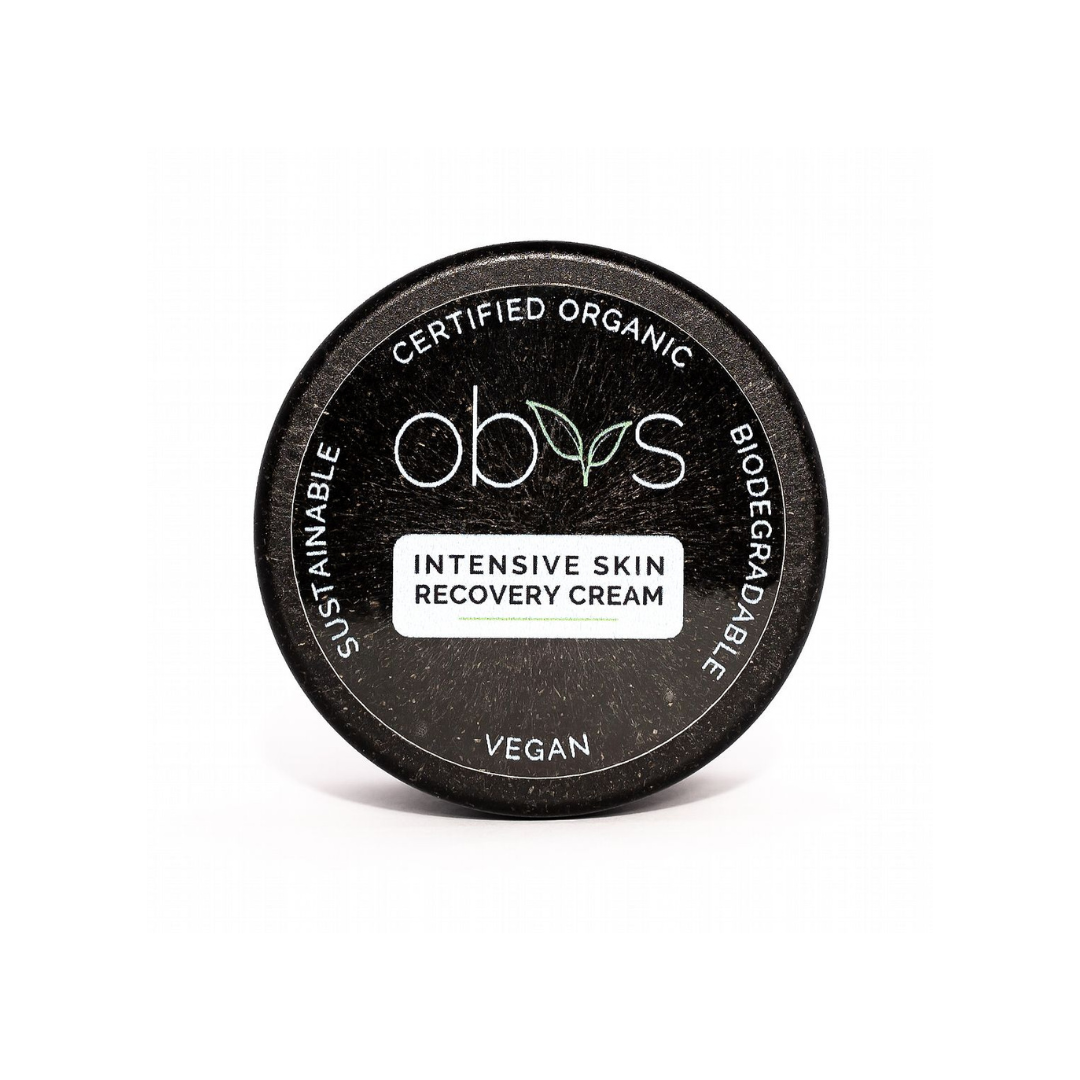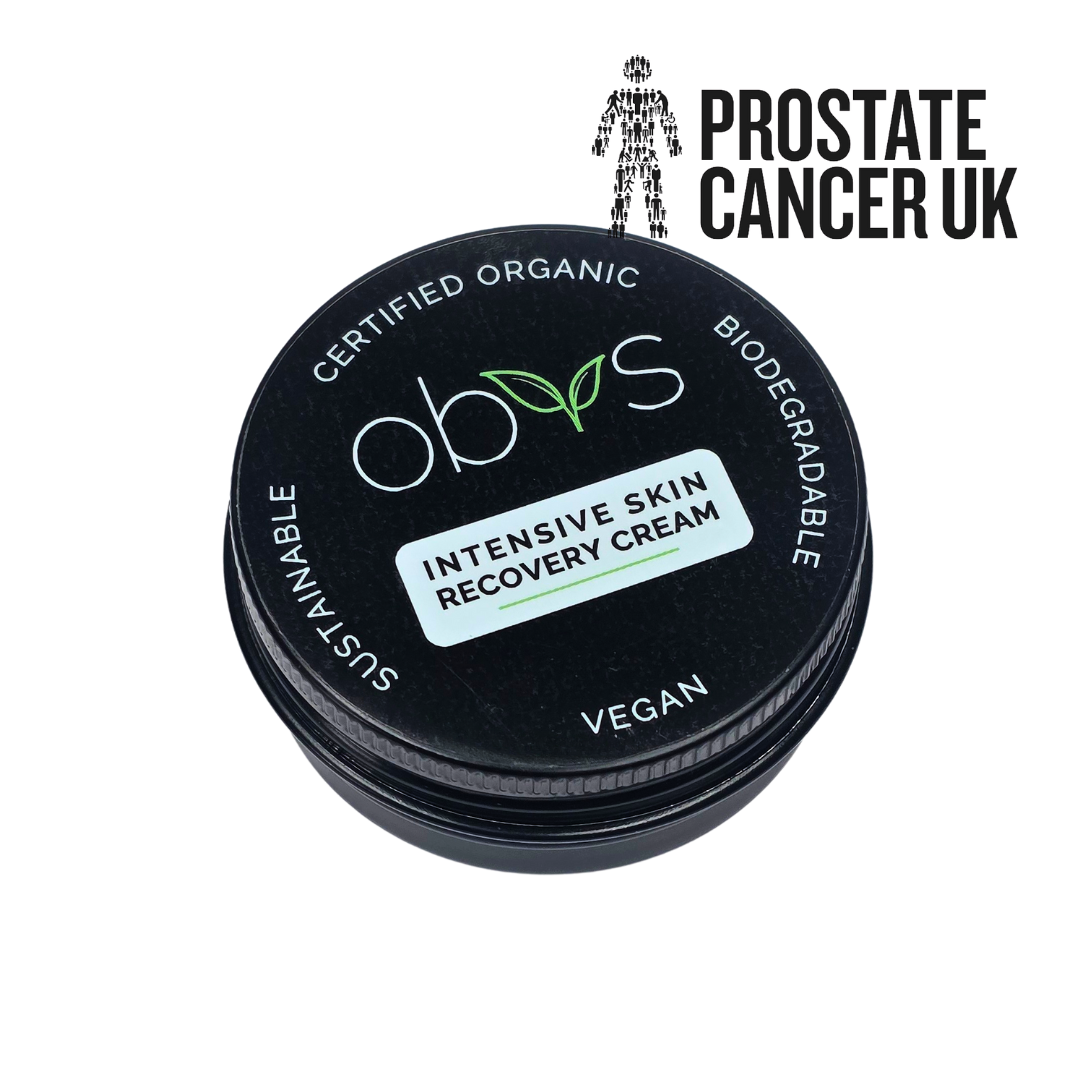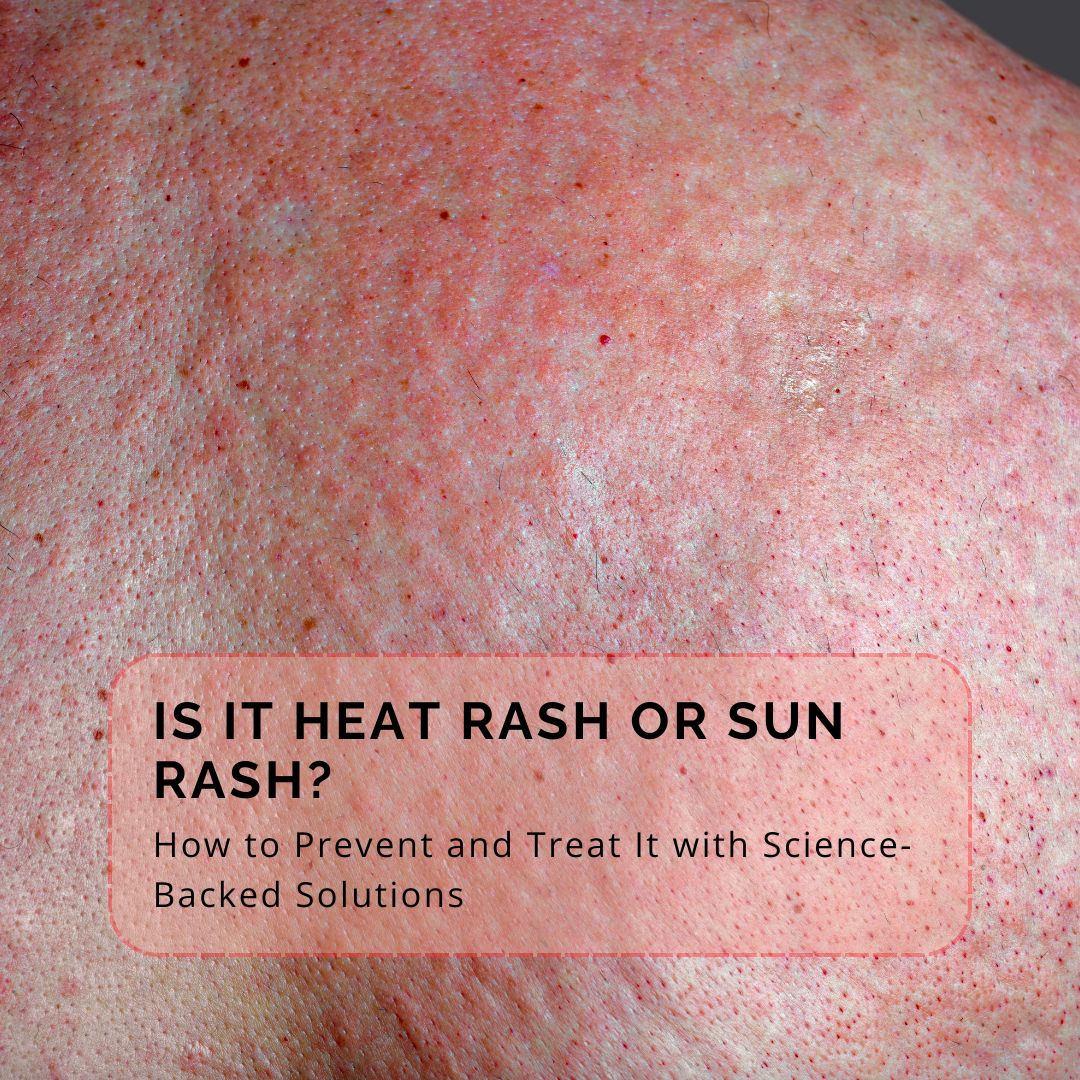
Is It Heat Rash or Sun Rash? How to Prevent and Treat It with Science-Backed Solutions
Share
Struggling with an itchy, red rash that flares up in the summer heat or after a day in the sun?
You’re not alone. Heat rash and sun rash are common skin woes that can turn your sunny days into a scratchy nightmare. But don’t worry, I’ve got you covered with the latest science-backed insights on what causes these rashes, how to prevent them, and the best ways to treat them. Plus, I’ll share why our Intensive Skin Recovery Cream is your go-to for soothing irritated skin. Let’s dive into the world of summer skin rashes and reclaim your glow!
What Is Heat Rash?
Heat rash, also known as prickly heat or miliaria, is a pesky but harmless skin condition that crops up when sweat ducts get blocked in hot, humid conditions. It loves to linger in areas where sweat collects, like your armpits, back, under the breasts, chest, neck, elbow creases, knees, and waist. The result? A red, itchy rash that feels like tiny pinpricks on your skin.
Symptoms of Heat Rash:
- Small red bumps or patches
- Itching or prickling sensation
- Red, swollen, or inflamed skin in affected areas
According to a 2023 study published in Dermatology Reports, heat rash occurs when sweat is trapped under the skin, causing inflammation and irritation. It’s most common in hot climates or during intense physical activity, but it can also strike babies or those wearing tight, non-breathable clothing. The good news? Most cases resolve within days with proper care.
What Is Sun Rash?
Sun rash is a broad term for skin reactions triggered by sunlight exposure. It’s not just one condition but a group of photosensitive disorders, including photodermatitis, polymorphous light eruption (PMLE), and lupus-related rashes. Let’s break them down:
- Photodermatitis: This occurs when certain chemicals, found in medications like antibiotics (e.g., tetracyclines), fragrances, dyes, or disinfectants, make your skin hypersensitive to UV rays. A 2024 review in DermNet New Zealand explains that photodermatitis can cause red, itchy rashes or even blisters on sun-exposed areas like the face, neck, and arms.
- Polymorphous Light Eruption (PMLE): PMLE is the most common sun-induced rash, affecting up to 20% of people in temperate climates, especially women aged 20–40. It shows up as an itchy, red rash on the neck, chest, arms, or thighs after spring or early summer sun exposure. A 2025 Mayo Clinic article notes that PMLE typically resolves within 10 days without scarring but may recur annually.
- Lupus (Systemic Lupus Erythematosus, SLE): Sunlight can trigger or worsen rashes in people with lupus, such as the classic “butterfly rash” across the cheeks. A 2023 study by the Lupus Foundation of America found that 70% of cutaneous lupus patients report photosensitivity, with rashes appearing hours to days after sun exposure.
Unlike heat rash, sun rashes are tied to UV radiation (UVA and UVB) and immune system reactions. They can be more persistent and may require medical attention if severe.
How to Prevent Heat Rash and Sun Rash
Prevention is your first line of defence against summer skin rashes. Here’s how to keep your skin happy and rash-free, backed by the latest research:
- Wear Breathable Clothing: Opt for loose, lightweight fabrics like cotton or linen to reduce sweat buildup. A 2023 article in Journal of Dermatology recommends natural textiles to minimise heat rash risk. For sun protection, choose UPF-rated clothing to block UV rays, as suggested by the American Academy of Dermatology.
- Stay Cool and Ventilated: Spend time in air-conditioned or well-ventilated spaces to prevent sweat duct blockages. Fans can help, too. For sun rash prevention, avoid peak UV hours (11 a.m.–3 p.m.), as advised by Mount Sinai’s 2024 photodermatitis guide.
- Apply Mineral Sunscreen: Use a high SPF (30 or above) broad-spectrum mineral sunscreen to protect against UVA and UVB rays. Mineral sunscreens, containing zinc oxide or titanium dioxide, form a physical barrier on your skin, reflecting UV rays without chemical absorption. Read here why mineral sunscreen is best for sensitive skin. Reapply every two hours, especially after swimming or sweating. A 2025 Mayo Clinic study highlights that while sunscreens don’t fully prevent PMLE, they significantly reduce its severity.
- Stay Hydrated: Drinking plenty of water helps regulate body temperature and reduces sweat-related irritation. Dehydration can exacerbate skin sensitivity, per a 2024 British Journal of Dermatology study.
- Avoid Triggers: For photodermatitis, check medications or skincare products for photosensitising ingredients. Consult your GP if you’re on antibiotics or NSAIDs, which can increase sun sensitivity, as noted in Harvard Health (2024).
How to Treat Heat Rash and Sun Rash
Most summer rashes clear up on their own, but you can speed up recovery and ease discomfort with these science-backed treatments:
- Cool Baths or Showers: Regular cool baths soothe inflamed skin and remove sweat or irritants. A 2023 Dermatology Reports study confirms that cooling the skin reduces heat rash symptoms within days.
- Use Intensive Skin Recovery Cream: For both heat rash and sun rash (including PMLE or lupus-related rashes), our Intensive Skin Recovery Cream is a soothing, plant-based solution that reduces inflammation, calms itchiness, and repairs the skin barrier. It's vegan, cruelty-free formula is ideal for sensitive skin. Buy here.
- Phototherapy for PMLE: In severe cases, controlled UV exposure (phototherapy) can “harden” the skin, reducing PMLE flare-ups. A 2023 StatPearls article reports success with low-dose narrowband UVB therapy.
Why Intensive Skin Recovery Cream Is Your Summer Saviour
Our Intensive Skin Recovery Cream is a game-changer for tackling both heat rash and sun rash. Packed with soothing, plant-based ingredients, this vegan, cruelty-free formula calms itchiness, reduces redness, and combats soreness. Whether you’re dealing with prickly heat or a PMLE flare-up, our cream hydrates and repairs your skin barrier, helping you get back to feeling confident. It’s perfect for sensitive skin, eczema, psoriasis, and even hormonal acne, making it a must-have in your summer skincare routine.
References
- Dermatology Reports. (2023). “Miliaria: Pathophysiology and Management.”
- Mayo Clinic. (2025). “Polymorphous Light Eruption: Diagnosis & Treatment.”
- Harvard Health. (2024). “Sun Allergy (Photosensitivity).”
- NHS. (2020). “Polymorphic Light Eruption.”
- NCBI. (2023). “Treatment of Cutaneous Lupus Erythematosus.”
- Lupus Foundation of America. (2023). “Research on Photosensitivity Among People with Lupus.”
- StatPearls. (2023). “Polymorphic Light Eruption.”
- DermNet New Zealand. (2024). “Photosensitivity Dermatitis.”
- American Academy of Dermatology. (2022). “Lupus and Your Skin: Self-Care.”
- Mount Sinai. (2024). “Photodermatitis Information.”
